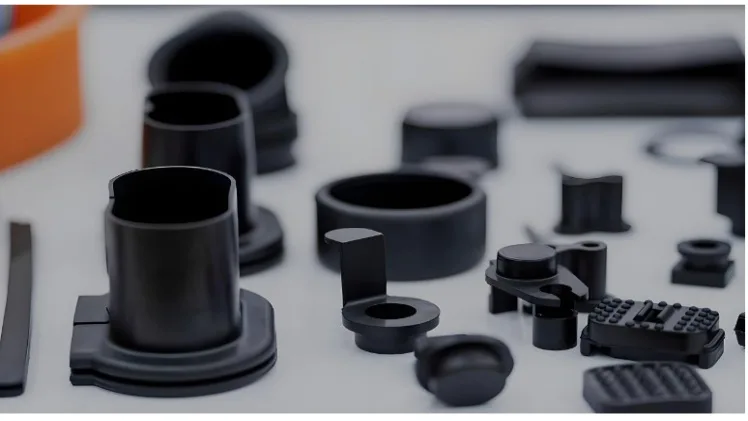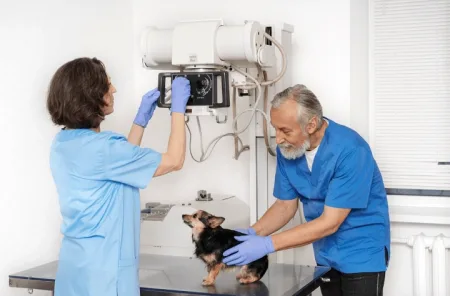Injection molding stands as a fundamental pillar of modern manufacturing, playing a pivotal role in the mass production of intricate plastic and metal parts. In this article, we will explore the core principles of injection molding, its versatile applications, and the key operational steps involved in the process.
Understanding Injection Molding
Injection molding is a manufacturing technique that revolves around injecting molten material, typically plastic or metal, into a meticulously designed mold cavity to shape it into a specific form. Its adaptability makes it an indispensable process across industries, capable of producing an extensive range of products, from small consumer goods to substantial industrial components.
The Inner Workings of Injection Molding
- Material Preparation
The journey starts with material selection. For plastic injection molding, thermoplastic resins are commonly chosen due to their ability to melt and solidify repeatedly. These materials are usually in the form of small pellets.
- Melt and Injection
The selected material undergoes heating until it transforms into a molten state. This molten material is then propelled into a mold cavity with high pressure. The mold’s design mirrors the desired shape of the final product.
- Cooling
After the injection, the molten material swiftly cools and solidifies. Cooling plays a pivotal role as it defines the part’s final properties and dimensions.
- Ejection
Following the cooling and solidification process within the mold, it opens, allowing the finished part to be ejected.
- Trimming and Finishing
The ejected part may necessitate additional trimming and finishing to remove excess material and attain the desired surface quality.
Advantages of Injection Molding
Injection molding offers several advantages that make it a preferred choice for many manufacturers:
- High Precision
Injection molding excels in maintaining tight tolerances and high precision, making it well-suited for producing intricate and complex parts with consistent quality.
- Swift Production
This process is renowned for its rapid manufacturing capabilities, enabling the production of large quantities of parts in a relatively short timeframe.
- Material Versatility
Injection molding accommodates a broad spectrum of materials, encompassing various plastics, metals, and even ceramics.
- Cost-Effective
The ability to produce substantial volumes of parts using a single mold reduces per-unit production costs, enhancing cost-effectiveness.
Applications of Injection Molding
Injection molding boasts a vast array of applications across diverse industries, including:
- Automotive
Injection molding is instrumental in the production of automotive components, such as dashboards, interior trim, and engine parts.
- Consumer Goods
Everyday items like toys, electronics, and packaging rely heavily on injection molding for their production.
- Medical Devices
The medical industry heavily relies on injection molding for crafting sterile and precise components, such as syringes, IV connectors, and surgical instruments.
- Aerospace
Injection molding contributes to creating lightweight and robust components for aircraft and spacecraft.
- Electronics
The electronics sector harnesses injection molding for producing casings, connectors, and various internal components.
- Industrial Equipment
Injection-molded parts are essential in the manufacturing of industrial machinery and equipment.

Advanced Techniques and Future Trends
While we’ve covered the fundamentals of injection molding, it’s worth noting that this field is continually evolving with advanced techniques and future trends shaping its trajectory:
- Multi-Material Molding
Advances in injection molding technology allow for the incorporation of multiple materials or colors within a single part, opening doors for innovative and aesthetically pleasing designs.
- Sustainable Practices
With growing environmental concerns, there’s a notable shift towards sustainable injection molding practices. This includes the use of biodegradable materials and the recycling of plastic waste.
- 3D Printing Integration
The integration of 3D printing technologies with injection molding is on the horizon. This fusion offers unique possibilities for rapid prototyping and reducing lead times.
- Micro-Molding
The miniaturization of components for various industries, including electronics and medical devices, is becoming increasingly important. Micro-molding is emerging as a specialized field within injection molding to meet these demands.
- Digital Twins
Digital twin technology is being applied to injection molding processes, allowing manufacturers to simulate and optimize production before physical molds are created, reducing errors and waste.
Conclusion
Injection molding is a versatile and efficient manufacturing process that has revolutionized the production of plastic and metal parts. Its applications span various industries, offering high precision and cost-effectiveness. As technological advancements continue, injection molding will undeniably retain its vital role in modern manufacturing, continually pushing the boundaries of design, materials, and production efficiency. This pivotal technology will persistently shape our contemporary world by facilitating the creation of innovative products that enrich our daily lives.



